In this series of blogs, we will be taking a closer look at one of the most important topics in interior design; colour theory. In the second volume of this series, we take a look at one of the most divisive colours used in interiors; red.
Vol.2 – Red
Red is a colour that advances; it has the longest wavelength. It is attention grabbing and overrules all other colours. This is why young children are attracted to red and it is used a lot in advertising. Because it is a colour that flatters the skin, it can make an excellent background for rooms that are used for social occasions. It also stimulates appetite and conversation, stimulates the brain and raises the heart rate, so it makes a great choice for dining rooms.
Colours also bring to mind certain word associations, which also help determine the use of the colour:
POSITIVE: Power, Physicality, Passion, Sex, Energy, Strength
NEGATIVE: Danger, Death, Aggression, Demanding, Anger
Red in interiors
As Elle Decoration states “Whether it’s used to put a room on high alert with a bright shade of scarlet or to envelop visitors with a cosy, warm glow, red is a favourite colour choice of designers looking to make a statement. Full of drama and passion, it’s not a colour for the faint of heart, but when thoughtfully used—whether on a wall or in a handful of accessories—it can make a room come alive”.
Red can be quite a divisive colour; it is bold, dramatic, empowering, and intense. It is a statement choice and one full of confidence. When we think of how red is traditionally used in interiors, we tend to see this being applied to those rooms which have a more ‘social’ relationship with them, such as dining rooms, living rooms and even kitchens (in open plan spaces). Red is a colour which is known to stimulate the appetite and conversation and creates a strong first impression (such as in hallways).
However, using red in interiors has been commonly thought to also raise blood pressure and speed up respiration and the heart rate, therefore the use of red in such areas as bedrooms or bathrooms has been considered as being too stimulating.
Traditional use of red in the home – social, open-plan and ‘first-impression’ spaces.
Break the rules with red
As the saying goes, “rules are made to be broken” and this is certainly the case with colour theory. The definition of a “theory” is that it is a “system of ideas intended to explain something, especially one based on general principles”. The term general is one which can be applied here. Colour theory is a general principle which many designers refer to, but it does not mean that designers have to rigidly stick to these general ideas.
Below, we showcase some of those interiors which “break the rules” and defy the general principles of colour theory and to show just how warm, welcoming and ‘sanctuary-like’ red can be in an interior from every centimetre of wall and floor space, to red used in bedrooms.
Reds used to decorate bedrooms – here, we see the tones being quite subtle and muted, along the lines of a Venetian or Indian red. These muted, warmer tones will help to create a welcoming, restful space.
Applying red within a bathroom – here, we see a mixture of tones being used; both muted and those of a more intense, vibrant nature. The overall style of the bathroom can dictate the palette of red to be used; a more contemporary style (image 2) supports a more vibrant shade, a style with reference to art deco features (image 1) has implemented a warmer, rusted shade of red to complement the brass fittings, whereas a traditional style (image 3) has a softer, muted palette of red.
Red is also commonly used in office/commercial environments, but more as an accent colour. In such an environment, red will help to induce energy and passion, which is required in such an environment.
As we can see through the selection of images, red, in its range of tints, tones and shades, can be a welcoming and dramatic colour to use in a number of spaces. From highlights to full coverage, red can bring an energy, a vibrancy and an intensity to a myriad of design schemes. Keep posted for our next instalment of ‘The Art of Colour Theory’ blogs – coming soon!
Keep posted for our next instalment of ‘The Art of Colour Theory’ blogs – coming soon!

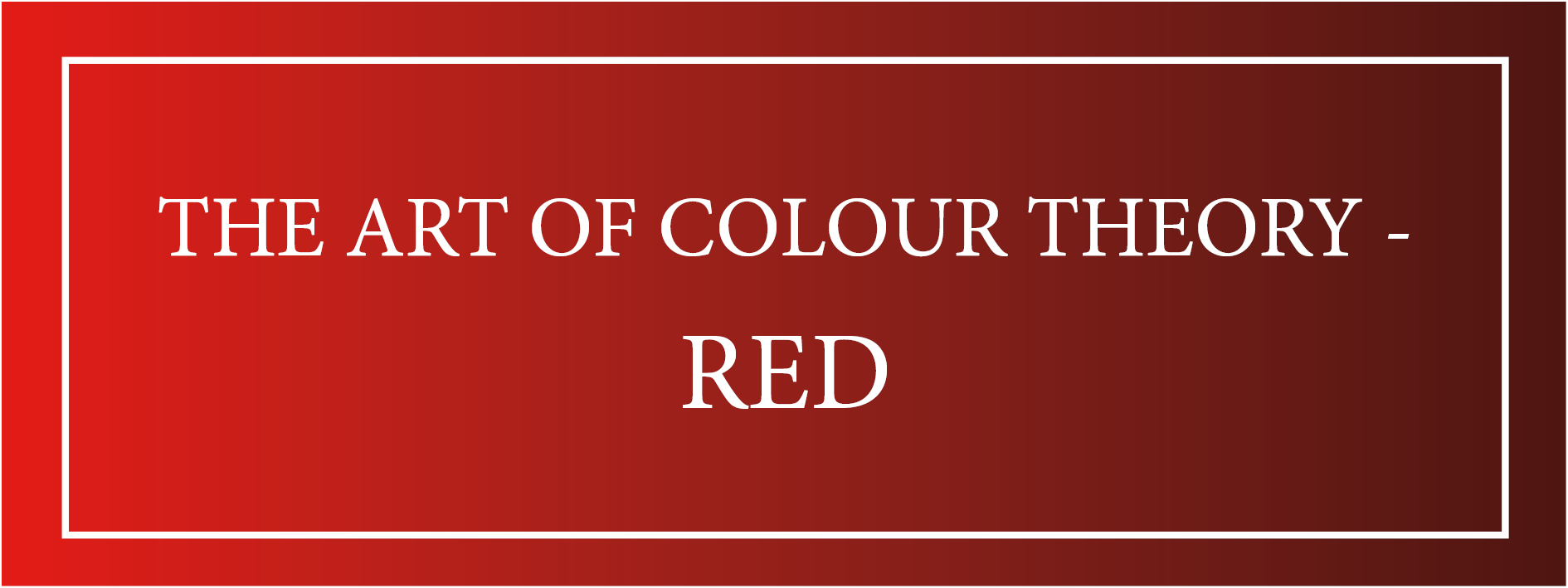
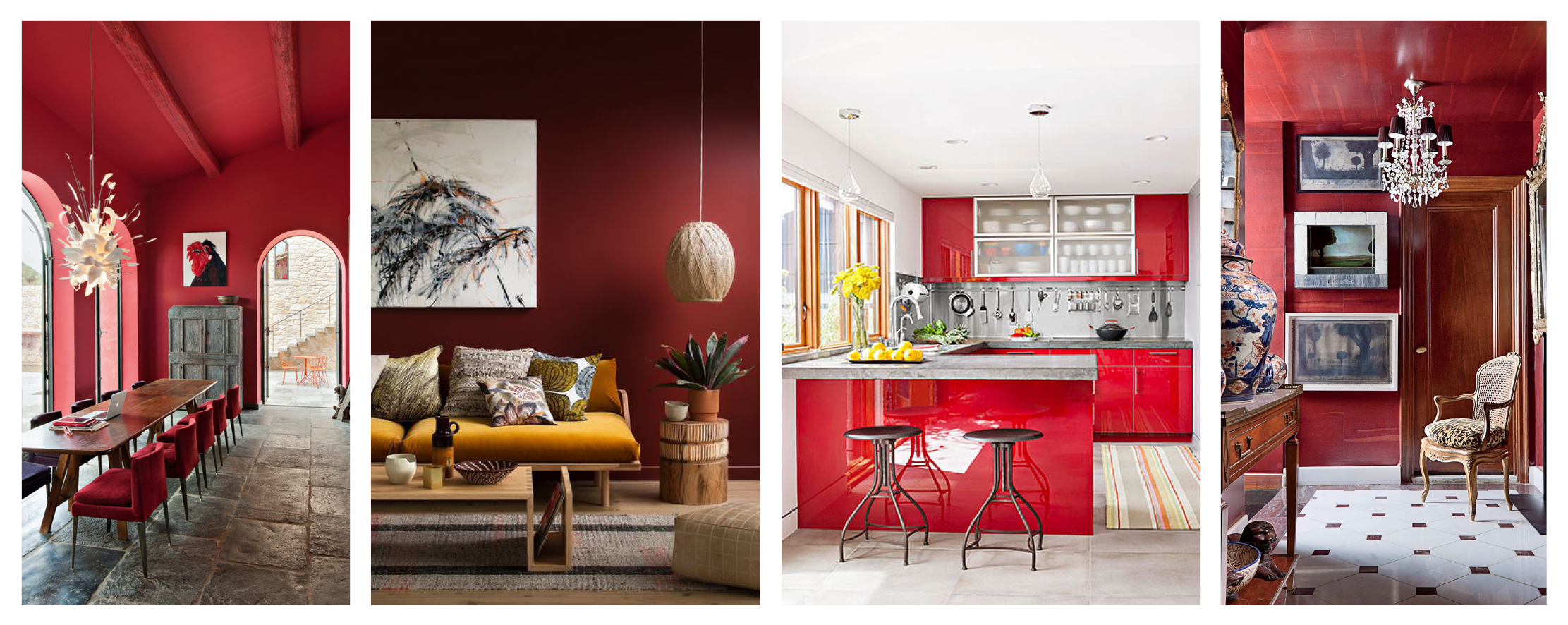
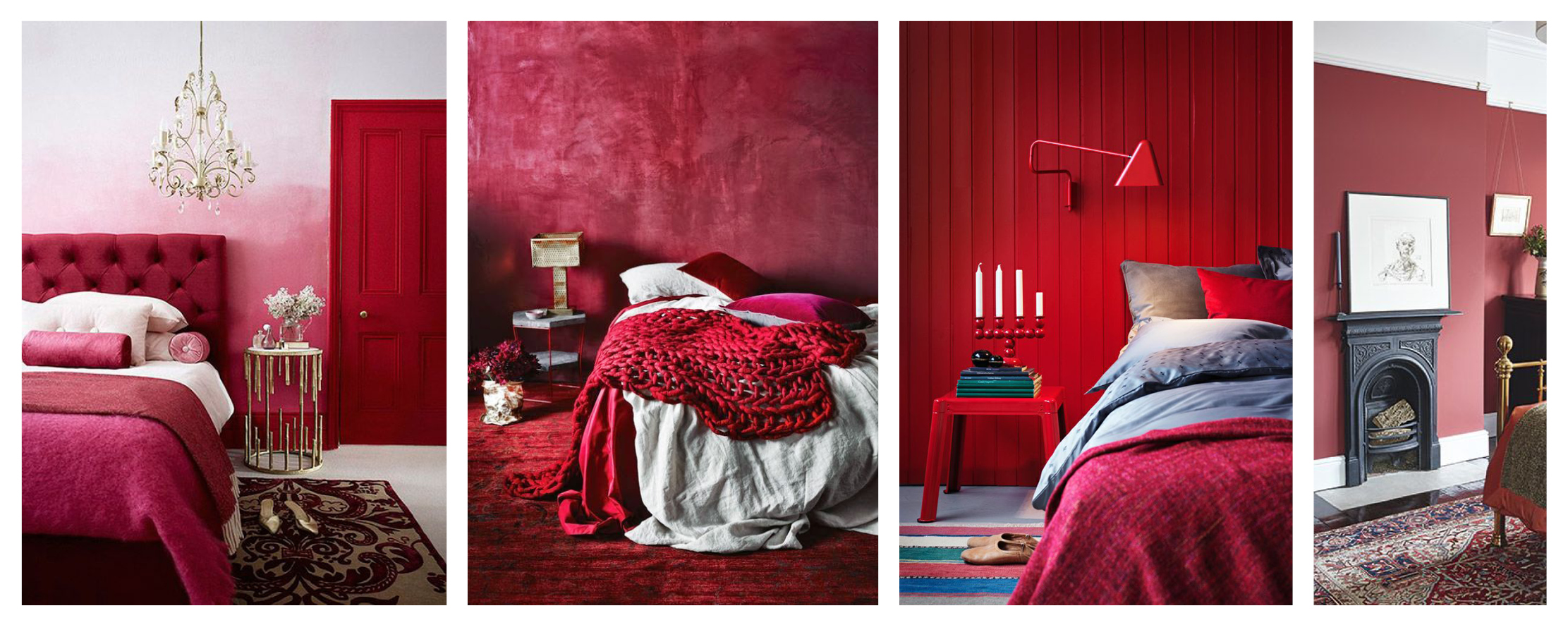
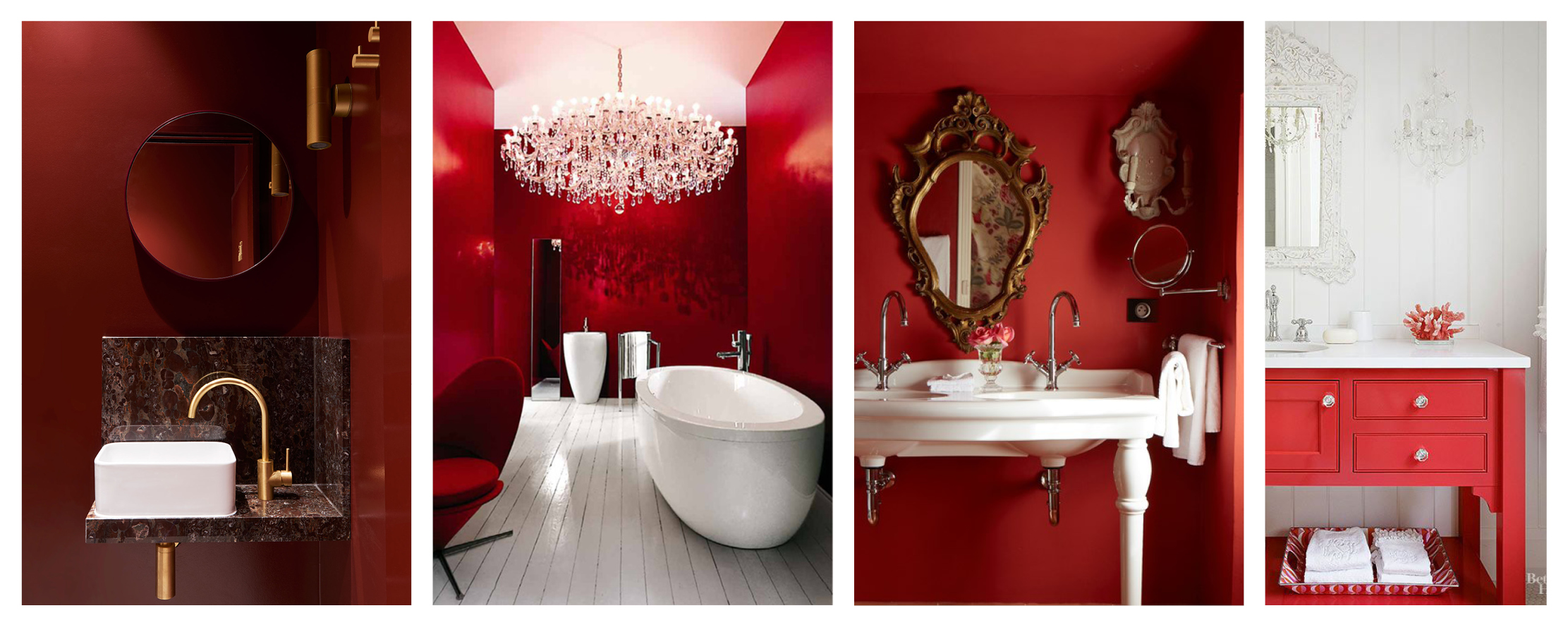
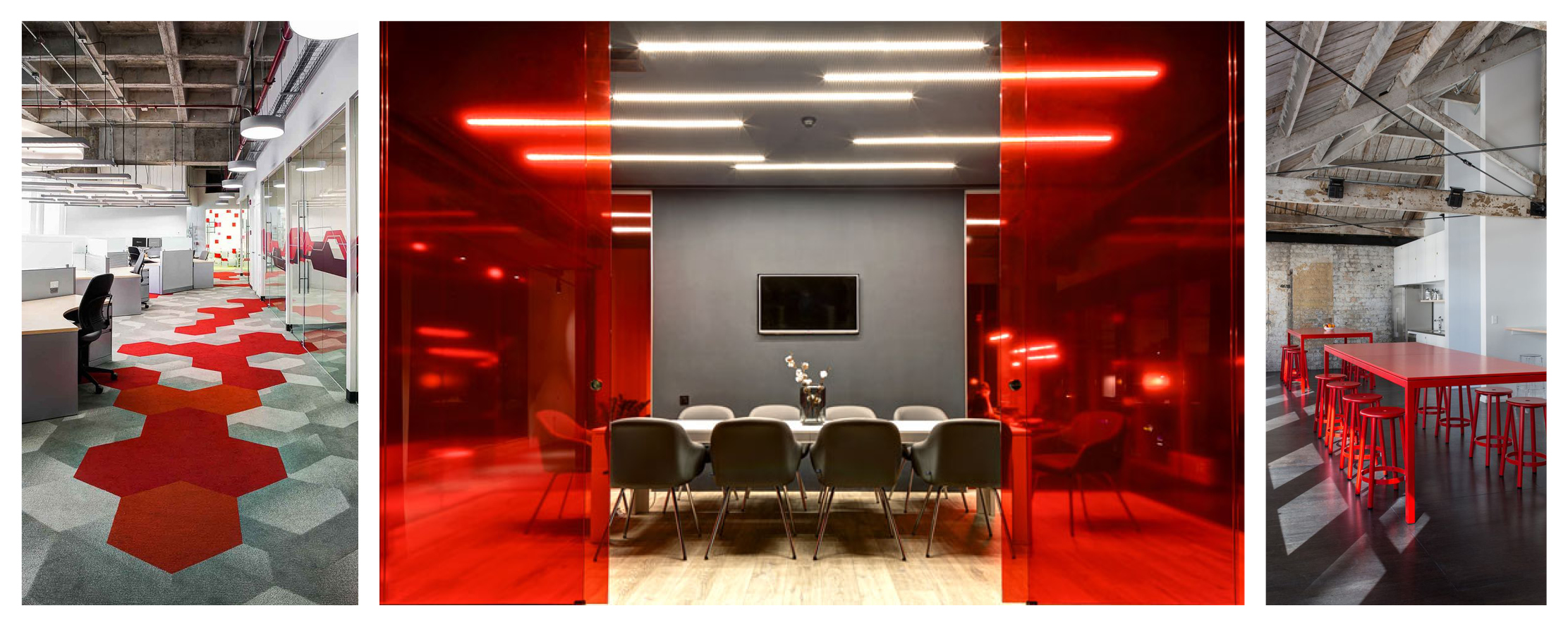

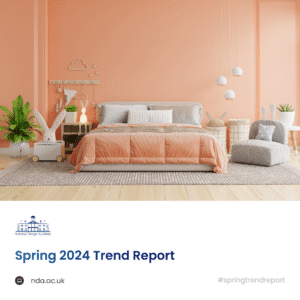

6 Responses
wow!!! Love the red shades with a stunning touch… Lovely article.
wow!!!! thanks it was great post!
Great little article on colour. LOVE IT!!!
Really great article that explains a lot. Now, I’m wondering how will look our office in red colours 🙂
Wow great art and design. Thanks for sharing this post.
Red is definitely a beautiful colour, paired with grey and it just works perfectly. Like stated above it helps induce energy which is what people need sometimes you know? In a way red in my opinion is like purple, very regal and powerful fitting for the bedroom for a nice burst of energy and self confidence when you wake up.